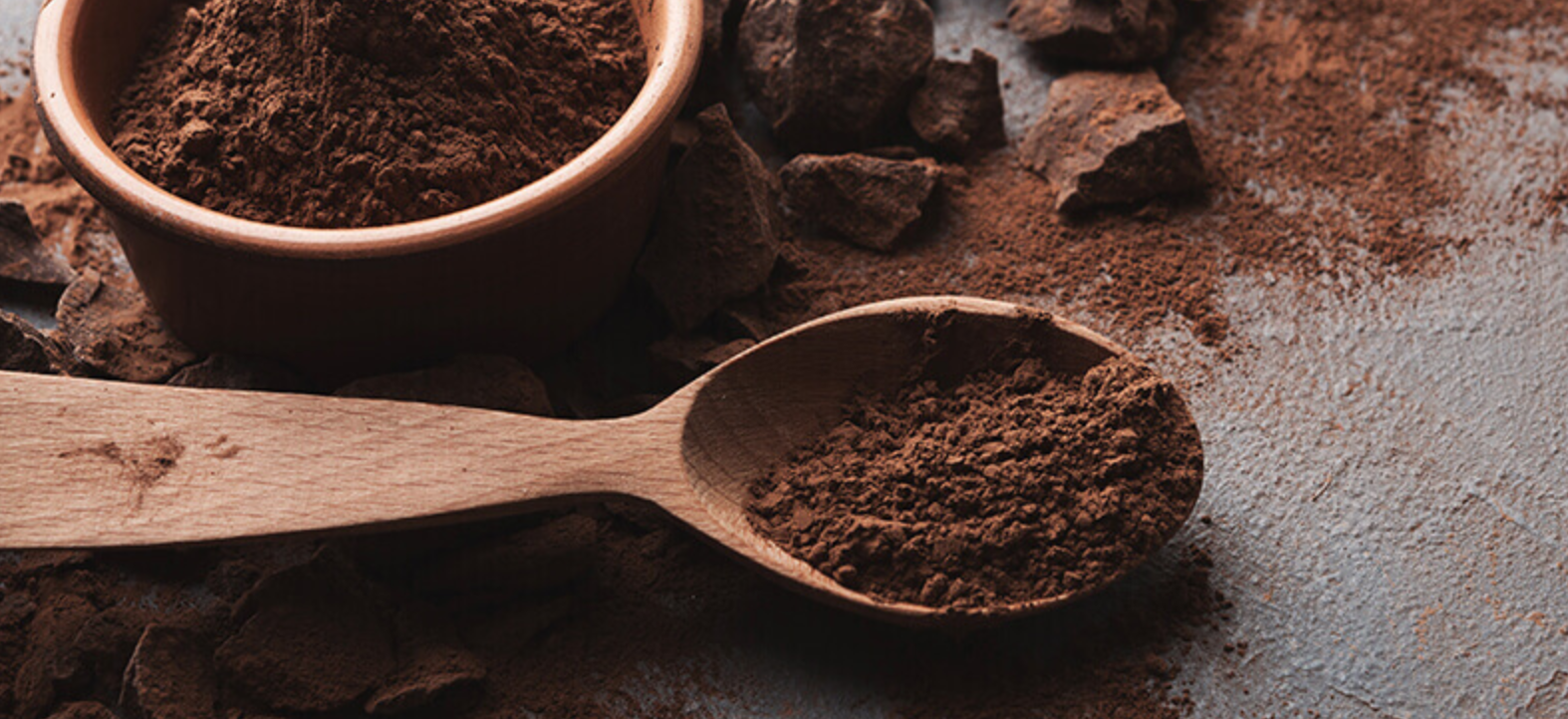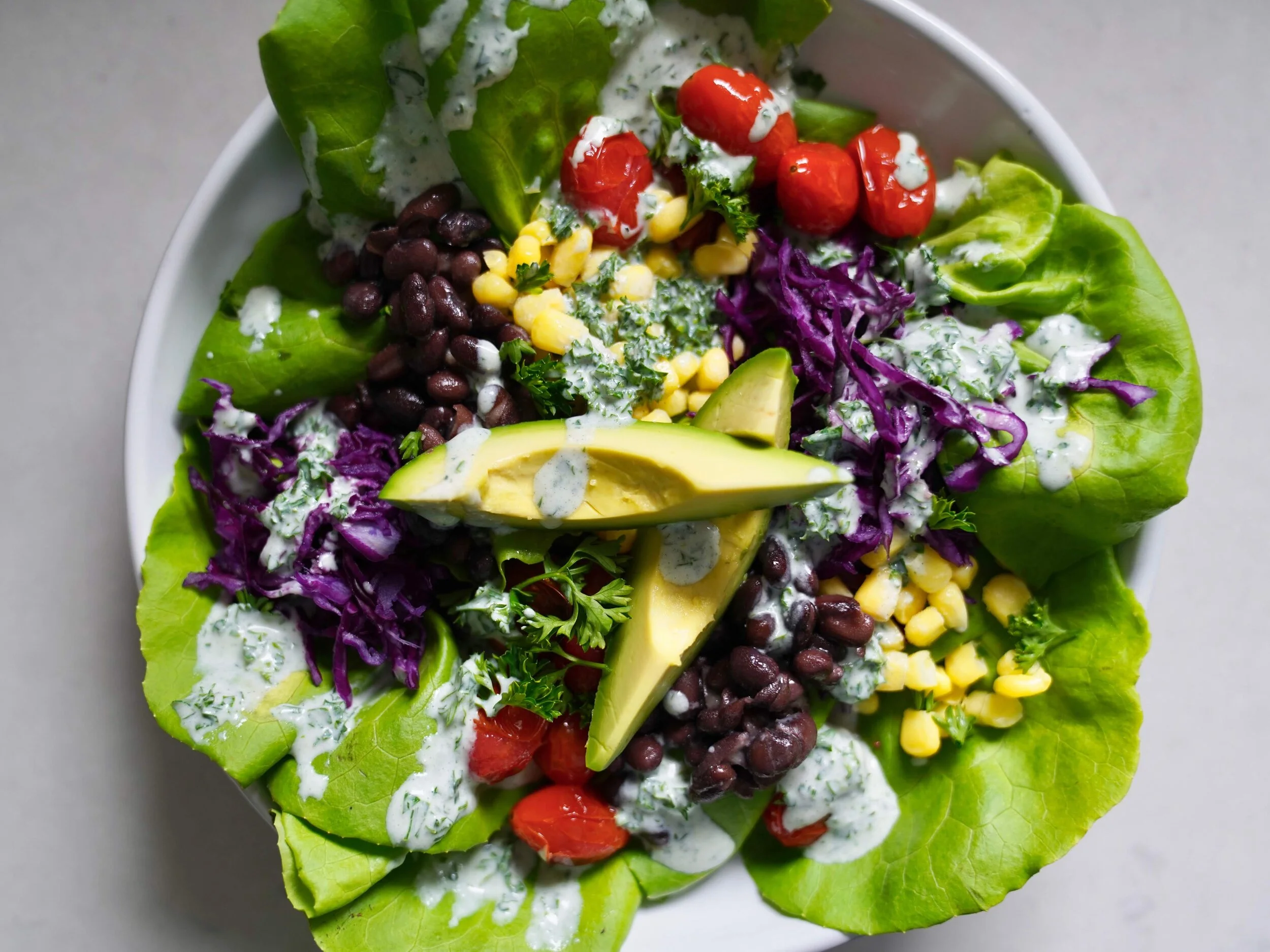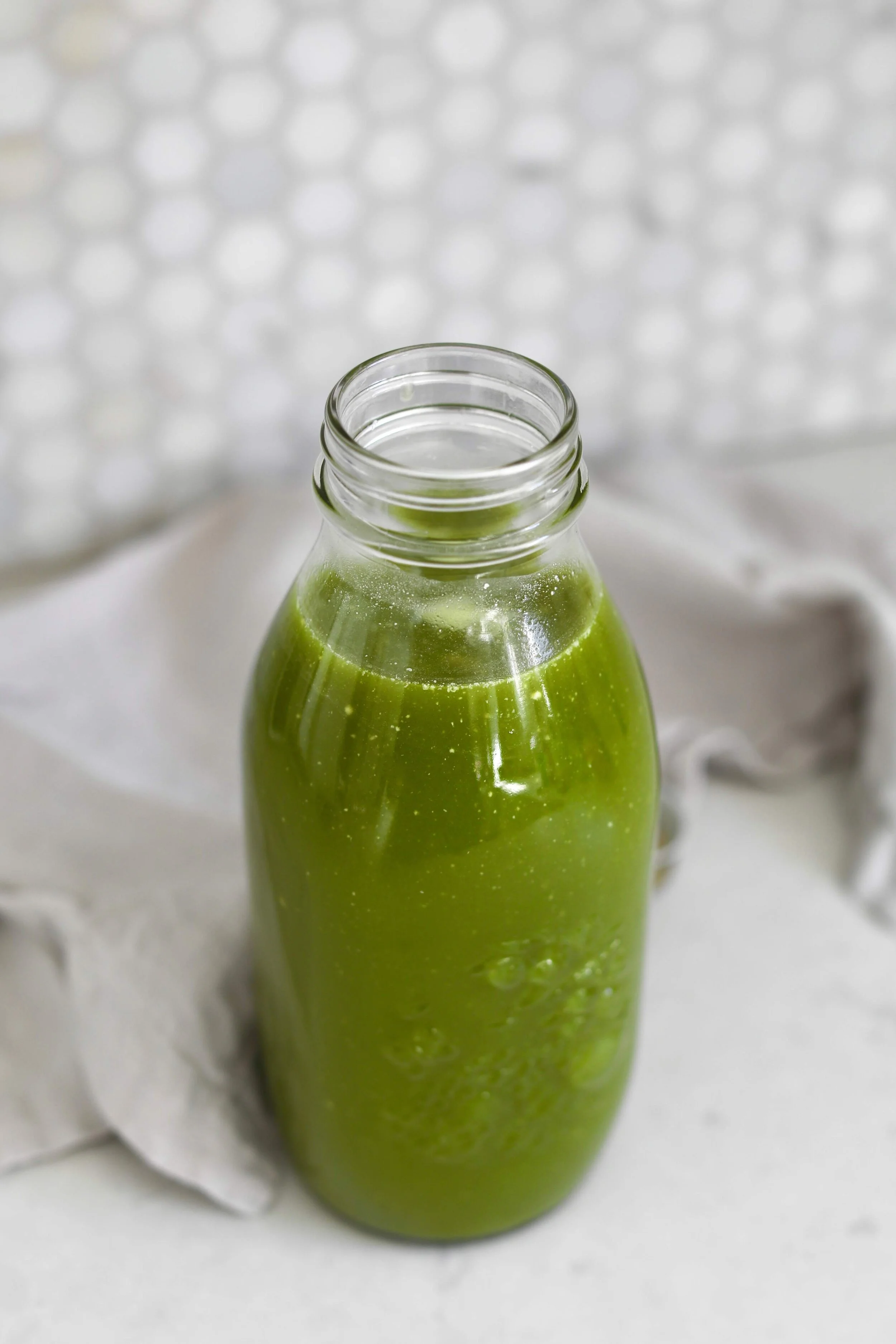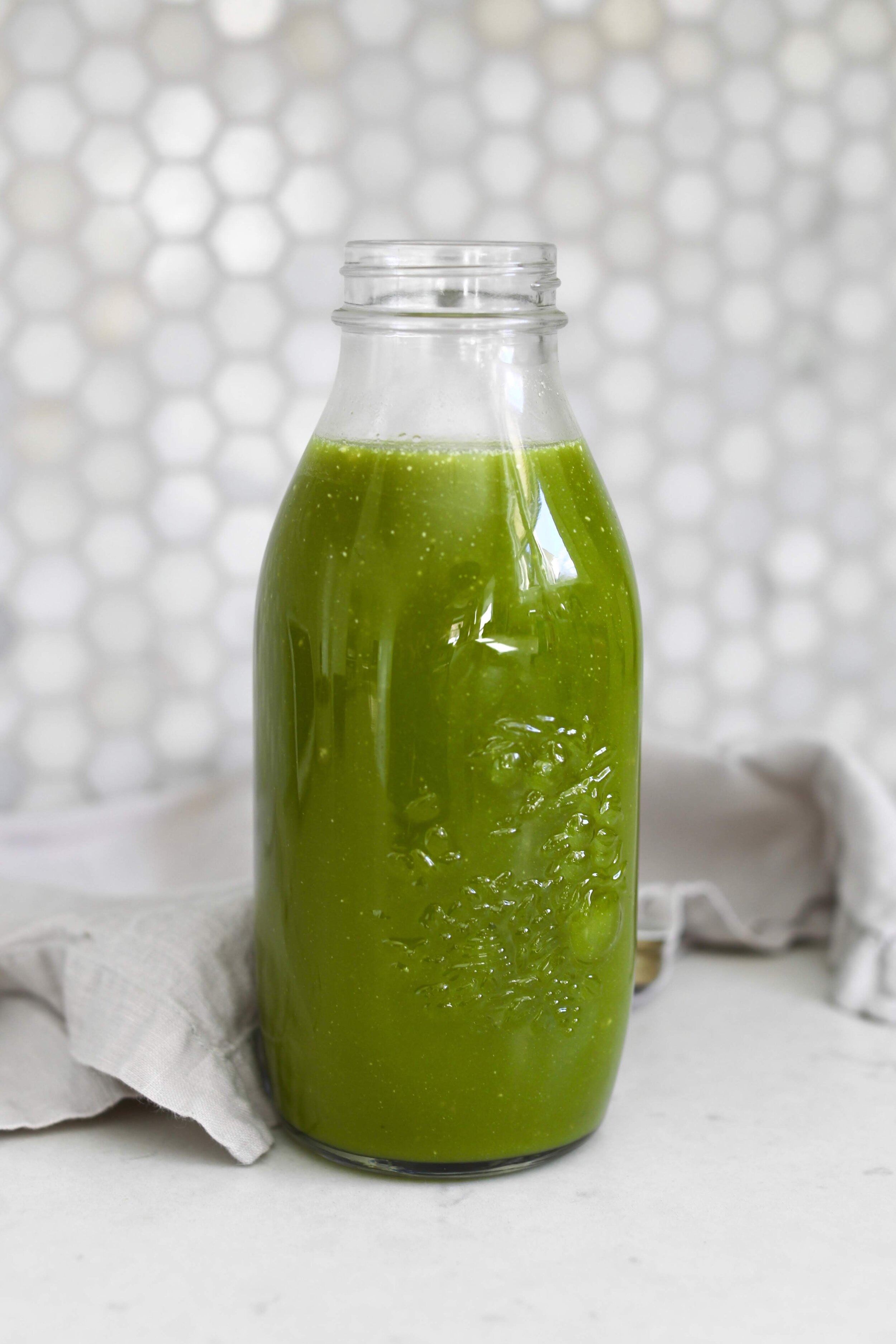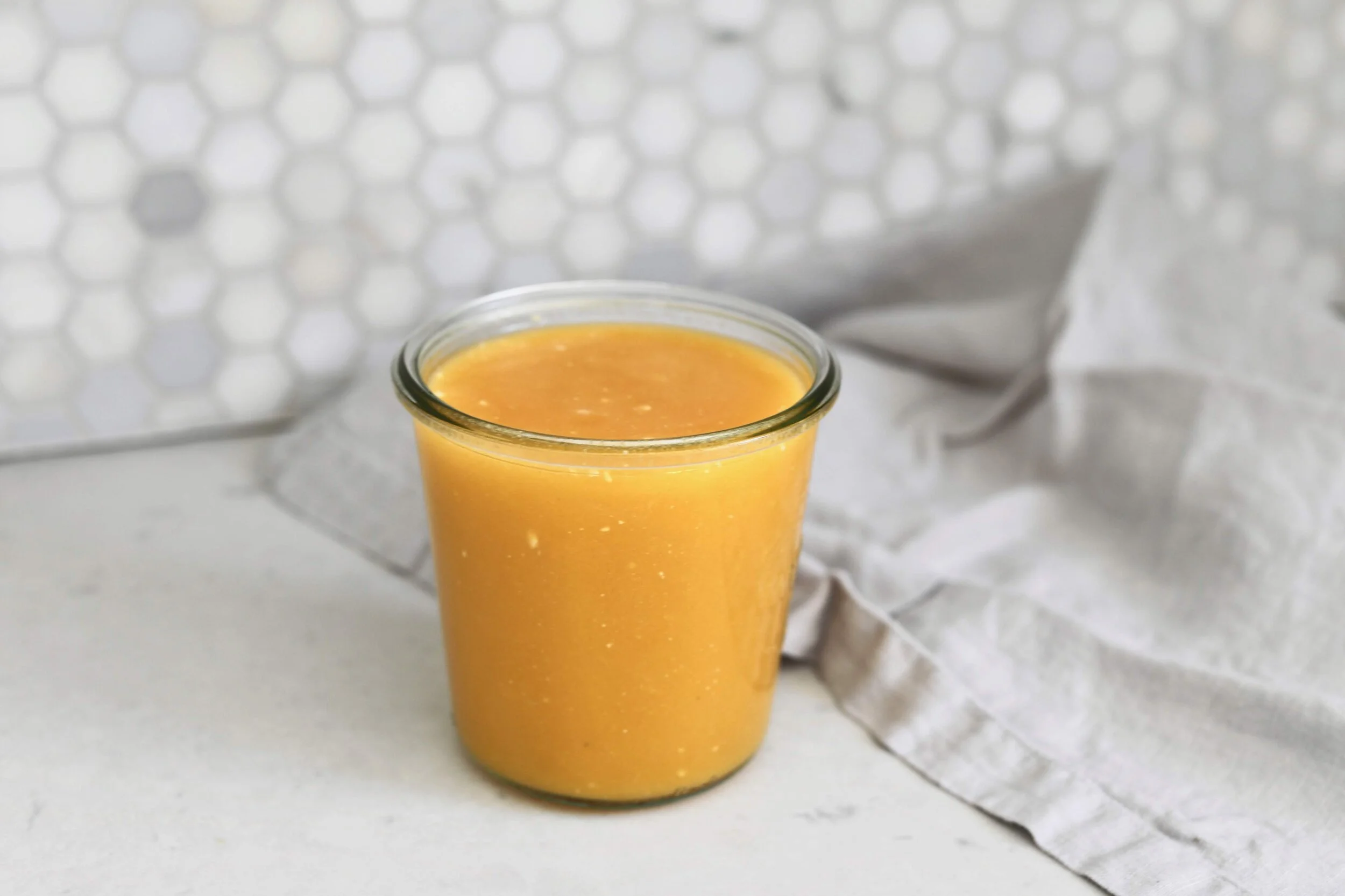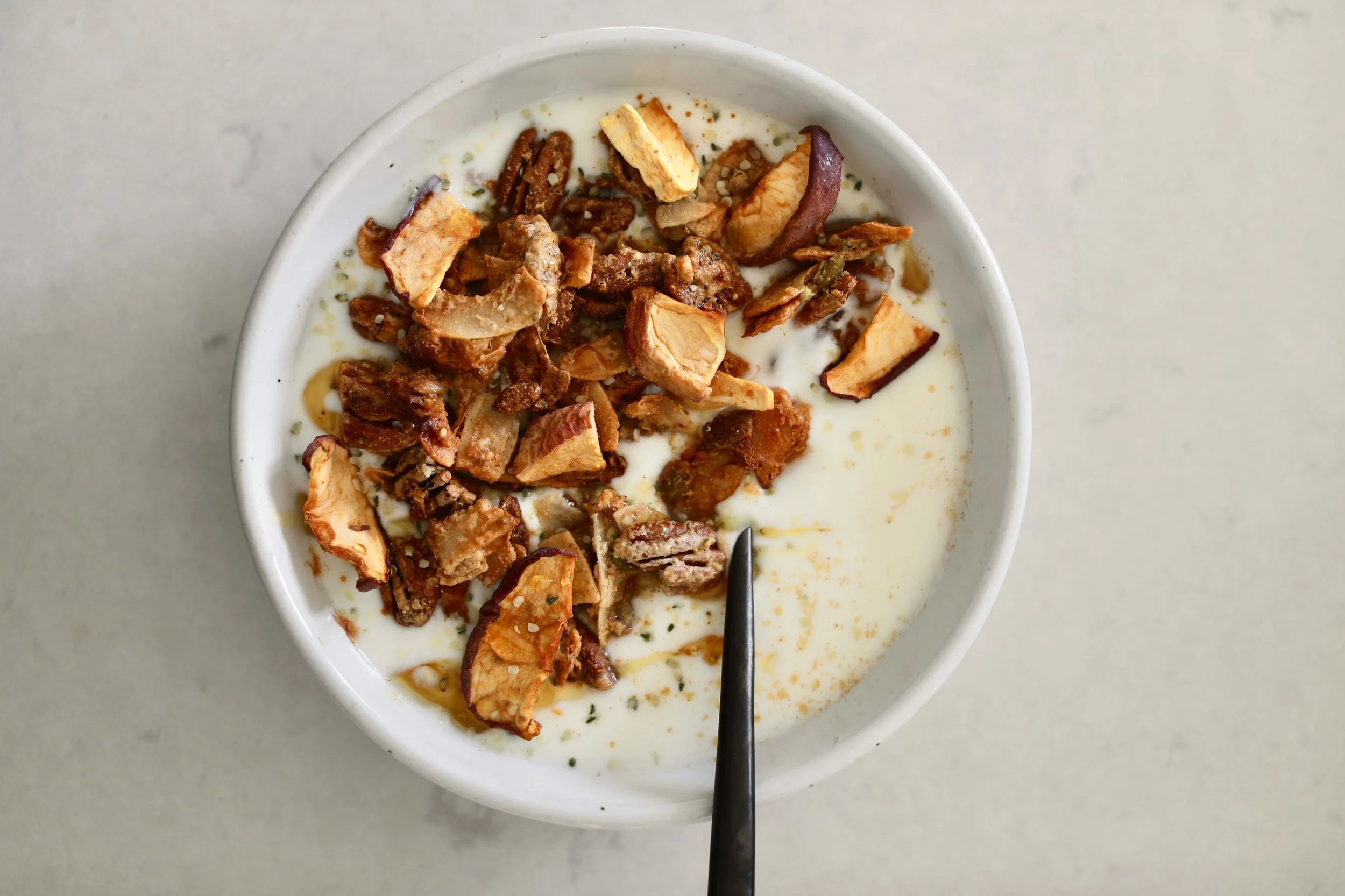10 Energizing Foods to Add to Your Diet This Spring
Originally posted on Chopra.com
Even if your day starts with coming off a good night’s sleep, engaging in a strong workout, and savoring your morning coffee, you still might be faltering come afternoon. These energy boosting remedies might help perk you up!
Are you barely coming out of your quarantine haze? Do you find yourself in an afternoon slump most days? Do you feel rundown, overwhelmed, exhausted, and burnt out? Have you noticed your to-do list keeps getting longer, your inbox is filling up quicker than ever, and even the traffic seems busier?
Many folks are falling onto the couch at the end of the day without a drop of energy to spare. Some foods, however, are natural energy boosters and one tried-and-true way to boost your energy (and keep it up) is through your diet.
The Biochemistry of Energy
One factor to consider for your energy to be at its optimum level is your blood sugar or blood glucose—literally the sugar in your blood that you get from food that gives your body energy and nutrients. According to the American Diabetes Association, when your blood sugar levels are low (or imbalanced) you may feel week or experience low energy.
Fueling your body and, specifically, your blood sugar, supports a consistent level of energy throughout the day. To do this, eat high-quality protein, fat, and whole carbohydrates (carbohydrates in their whole form) at each meal.
To keep your energy strong, avoid eating high-glycemic foods, which are foods that give you a false energy boost as they make your blood sugar levels quickly rise (often followed by a drop off in energy) such as white bread and candy. And don’t be afraid of adding an extra boost of “good” (monounsaturated and polyunsaturated) fats to each meal—such as coconut oil, nuts, seeds, olive oil, and avocado—to keep your blood sugar balanced, your body satiated longer, and your energy more consistent.
Explore the following 10 foods to eat that increase energy and watch yourself cultivate more energy to live your best life.
1. Water
First things first—have you had enough water to drink? Yes, one of your energy foods is a beverage! Did you know that dehydration is a primary cause of low energy and fatigue? Dehydration in individuals who are exercising has been shown to decrease motivation and stamina as well as worsen fatigue and make exercise more challenging. Dehydration can also lead to trouble focusing for men.
One study looked at 25 young women with varying dehydration states over three days. Just 1.36 percent of fluid loss triggered adverse effects with vigor-activity, fatigue-inertia, and total mood disturbance.
Ensuring you are well hydrated is a great place to start with keeping your energy on track.
How to enjoy: Drinking water throughout the day is easy to forget. Aim to drink half of your body weight in ounces. Try to drink purified water whenever possible. Set an alarm on your phone every couple of hours as a reminder to drink water and consider adding a low-sugar (naturally sweetened) electrolyte to enhance your hydration.
2. Yerba Mate
Yerba mate is a popular herbal tea made from the leaves and twigs of the Ilex paraguariensis plant, native to South America. The Paraguayan and Guarani people have the longest-standing tradition of using yerba mate. Traditionally, the Yerba mate leaves are dried over a fire, then steeped in hot water to make the tea. Yerba mate is traditionally sipped and shared from a vessel called a gourd and through a straw-like utensil, called a bombilla, that has a convenient strainer on the bottom to strain the tea leaves as you sip.
The natural levels of caffeine and theobromine found in yerba mate are high in antioxidants as well as supportive for healthy insulin levels.
Additionally, studies show those who regularly consume yerba mate often experience a higher exercise output and better exercise effectiveness for weight loss and sports performance.
How to enjoy: Sip on yerba mate as a tea, hot or cold, especially when you need a little energy boost. When it’s hot outside, make yerba mate popsicles with a splash of lemon and a few drops of stevia.
3. Lion’s Mane Mushroom
Have you tried a lion’s mane mushroom? You can often find this shaggy medicinal and tasty mushroom at your local farmer’s market or health food store.
Research shows that the lion’s mane (Hericium erinaceus) provides the type of energy boost that enhances your mood and supports neurological function.
How to enjoy: Lion’s mane is delicious cooked with a blend of other mushrooms in a tasty stir-fry or in a wild-mushroom soup.
Keep your eye out for other products with lion’s mane mushrooms included such as supplements, teas, or lion’s mane mushroom coffee.
4. Cacao
High-quality dark chocolate (low in sugar and high in its percentage of cacao) is a potent energy-boosting food with many wonderful health benefits. The cacao bean (the source of dark chocolate) is known as a superfood containing a diverse spectrum of antioxidants that boost energy. Look for chocolate that is high in cacao content (over 70 percent) and low in sugar. If you can, choose organic and fair-trade sources.
How to enjoy: Reach for a square of high-quality dark chocolate for an afternoon pick-me-up. Sip on a cup of warm raw cacao from a source such as Cholaca or enjoy a scoop of raw cacao powder in your morning smoothie.
5. Almonds
One of the more popular nuts, almonds, are actually small stone fruits similar to other stone fruits such as cherries and plums. Almonds are high in fiber, calcium, magnesium, and iron.
Many studies have been done on the health benefits of almonds and the results are clear—from improved blood sugar to increased energy—almonds are a great go-to to keep around for when you need a quick energy boost.
How to enjoy Spread some creamy almond butter on your favorite piece of toast. Add a scoop of almond butter to your smoothie for an extra dose of protein and fat. Try keeping a snack-pack of almonds in your car or at your desk to eat for an energy-boosting snack or try slivered almonds atop of a delicious salad.
6. Chia Seeds
Chia seeds are dense, medicinal seeds that have been used for centuries for their beneficial properties. Chia was originally consumed by the Mayans and Aztecs who relied on chia as one of their primary sources of nutritious food for energy.
Chia seeds are high in omega-3 fatty acids, fiber, and proteins in addition to other important nutrients, such as vitamins, minerals, and natural antioxidants. With this rich nutrient profile, chia is a wonderful addition to your snacks and meals to boost your energy and help you to stay satiated longer.
How to enjoy: Add chia seeds to your favorite milk for a simple chia pudding. Try a scoop in oatmeal or yogurt. With either option, let sit for 15 minutes before eating to soften the chia seeds.
7. Maca
Maca, a Peruvian superfood grown high in the Andes mountains, has been used for thousands of years by the Incas. Since maca root is part of the Brassica family, it is related to the more commonly known root vegetables such as the radish and turnip.
Loaded with nutrients, maca has been shown to have a number of energy-boosting health benefits including increasing energy and stamina and enhancing sexual function.
How to enjoy: You can find both maca powder and capsules at your local health food store. Take the capsules as recommended or, if using the powder, add it to your smoothie, yogurt, or kefir.
8. Kale (and all leafy greens)
Kale is considered the super green of all greens. Kale is among the most nutrient-dense foods on the planet with an outstanding ORAC value (oxygen reactive absorbance capacity) that measures the antioxidant capacity of a food. Kale is also high in many amino acids, including tyrosine, cognitive-enhancing properties.
Like other dark, leafy greens—high in antioxidants, vitamins, and minerals—kale has been shown to slow cognitive decline. Although more research is needed, the study suggests one to two cups of dark leafy greens per day for optimal focus and energy over the long term.
Give this brain food a try to help you stay focused on your tasks at hand each day. Those tasks require brain power and energy to do so.
How to enjoy: Kale is low in calories and can be prepared and enjoyed in thousands of ways. Try adding baby kale to your next smoothie or massaging it with some olive oil, avocado, sea salt, and lemon.
9. Avocado
Native to South America, avocado is a popular fruit grown in tropical climates around the world. Avocado is a rich source of healthy fats (monounsaturated and polyunsaturated), keeping your blood sugar balanced, which keeps your energy strong and sustained.
How to enjoy: Try slathering a perfectly ripe avocado onto whole-wheat toast topped with your favorite goodies such as a fried egg, a slice of smoked salmon, or a small handful of microgreens. Add avocado slices to your cooling summer salads or blend with raw cacao powder and raw honey for a delicious dairy-free chocolate mousse.
10. Blueberries
Blueberries have been crowned the queen of fruits for their vast and dynamic health benefits. Historically, blueberries are one of the fruit species native to North America. Today, blueberries are one of America’s favorite berries.
After all, blueberries are known as a super-fruit. In fact, blueberries have the highest antioxidant content (ORAC value) of any other fruit.
With rich antioxidant properties that keep your cells in tip-top shape, blueberries are worth eating to ensure you get a healthy dose of energy and vitality.
How to enjoy: It is hard to go wrong with blueberries. Their sweet and tart flavor is delicious to munch on “as is.” Try them mixed with your morning oats or Greek yogurt, blend as a feature flavor into your morning smoothie, snack on them with a small handful of almonds, or try them frozen for a tasty mid-summer treat.
As you can see, there are many foods that increase energy levels from which to choose. Each of these foods has their own nutritional profile, and some important common denominators.
Many of the mentioned foods are high in antioxidants and phytonutrients to keep your cellular energy production high.
Many of these foods provide a good source of healthy fats and proteins that ensure you keep your blood sugar stable.
When you regularly infuse your diet with these energy-boosting ingredients, take note of how spry you begin to feel, and be sure to drop me a comment below.
Much Love,
Sue

















